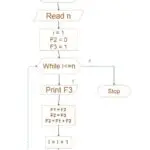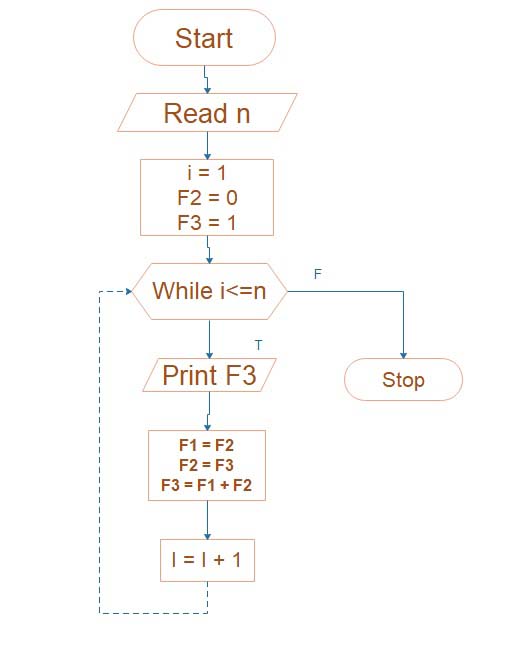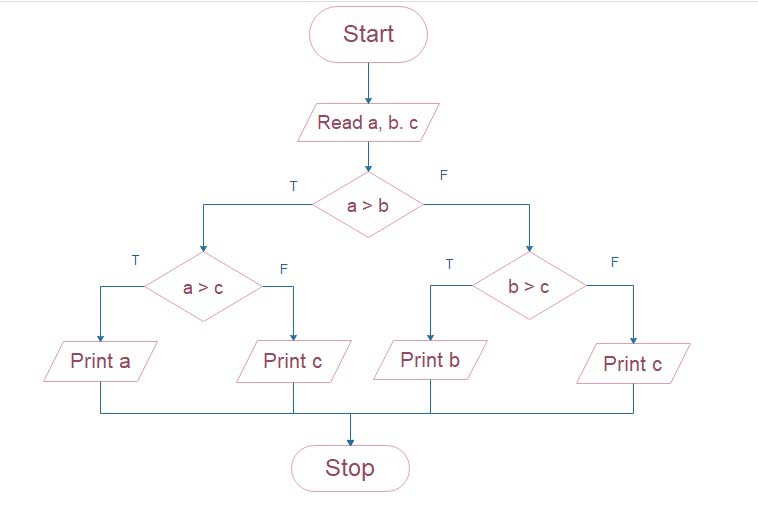External structure of the human heart
Where is the human heart located?
The human heart is situated in the middle of the chest, somewhat to the left. It is located between the lungs and behind the sternum (breastbone). More specifically, the mediastinum—the main chamber of the thoracic cavity—is where the heart is located. The base (top) of the heart is taller and leans more to the right than the apex (bottom), which dips downward and somewhat to the left.

Human heart It is dark red and is enclosed in a double-layered pericardium. The outer is fibrous pericardium while the inner is the serous pericardium. The fibrous pericardium is thick and tough. It anchors the heart and serves as a protective covering. The inner serous pericardium is delicate and can further be divided into two layers, in between the parietal and visceral layers there is a space called pericardial fluid. The function of pericardial fluid is to keep the heart’s mechanical traction. It also absorbs mechanical shock and thus the heart is protected from mechanical injuries.

The wall of the heart consists of three layers outer epicardium composed of a single layer of flat epithelial cells called mesothelium the middle layer is called the myocardium composed, the middle layer is called the myocardium composed of cardiac muscles for contraction and relaxation of the heart and the innermost layer is called endocardium which consists of a single layer of flat epithelial cell called the endothelium.
Externally on the surface of the heart, there are two groovers, these are called sulci, which are the coronary sulcus and interventricular sulcus. The coronary sulcus and transverse groove divide the heart into anterior, smaller, and thin-walled auricles and posterior, larger, and thick-walled ventricles. The interventricular sulcus is an oblique longitudinal groove on the ventral side of the ventricular part.

How many chambers in human heart
The human heart is four-chambered, with two thin-walled auricles or atria and two thick-walled ventricles. In the right auricle there open two large vessels as the superior and inferior vena cava. It also receives a small coronary sinus from the posterior side. Some left auricle receives 4 pulmonary veins of the lungs.
The two ventricles are the left and right Ventricles. The pulmonary aorta arises from the right ventricle and the systemic aorta arises from the left ventricle.
From the systemic aorta left and right coronary artery arises which supply oxygenated blood to the wall of the heart and the deoxygenated blood from the heart is collected by the coronary sinus.














